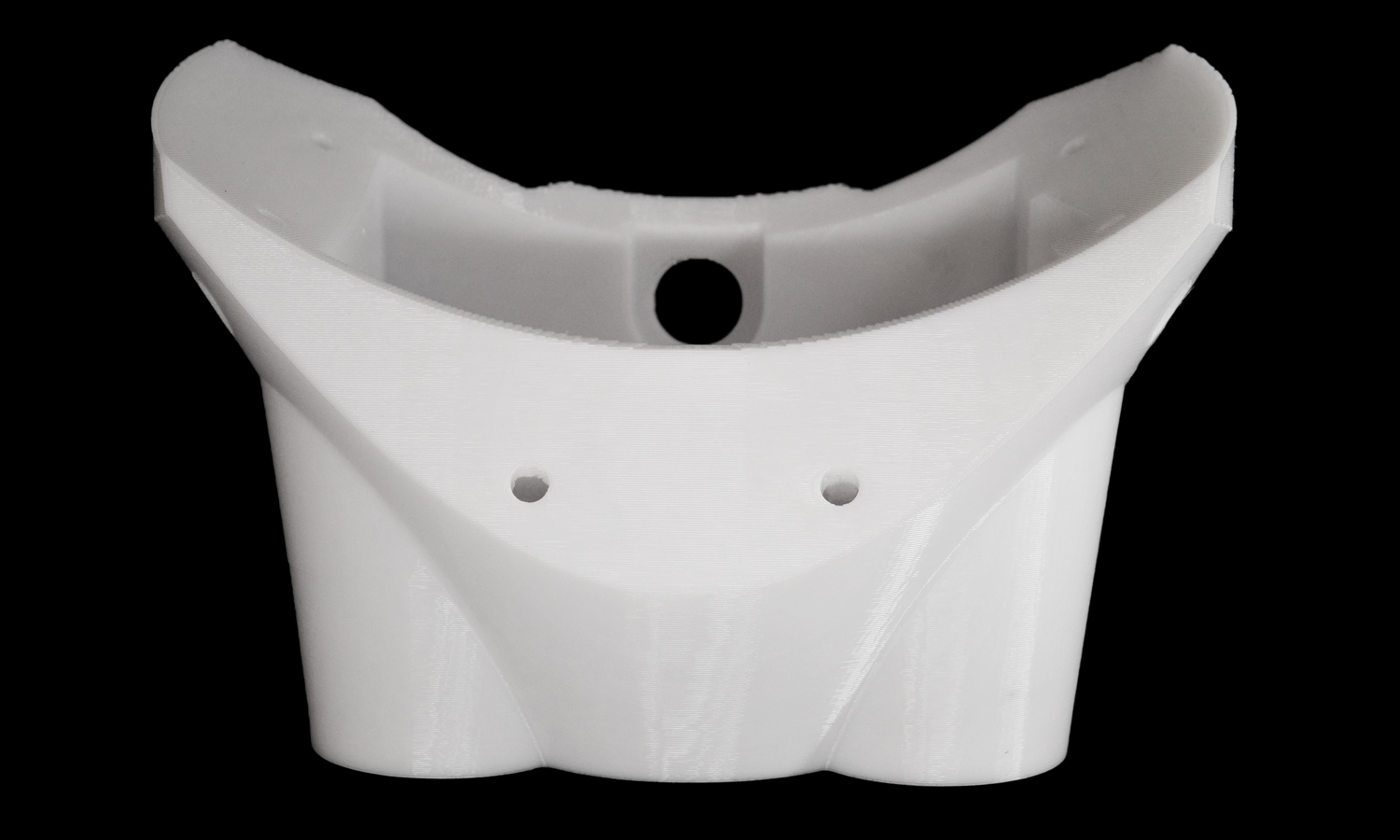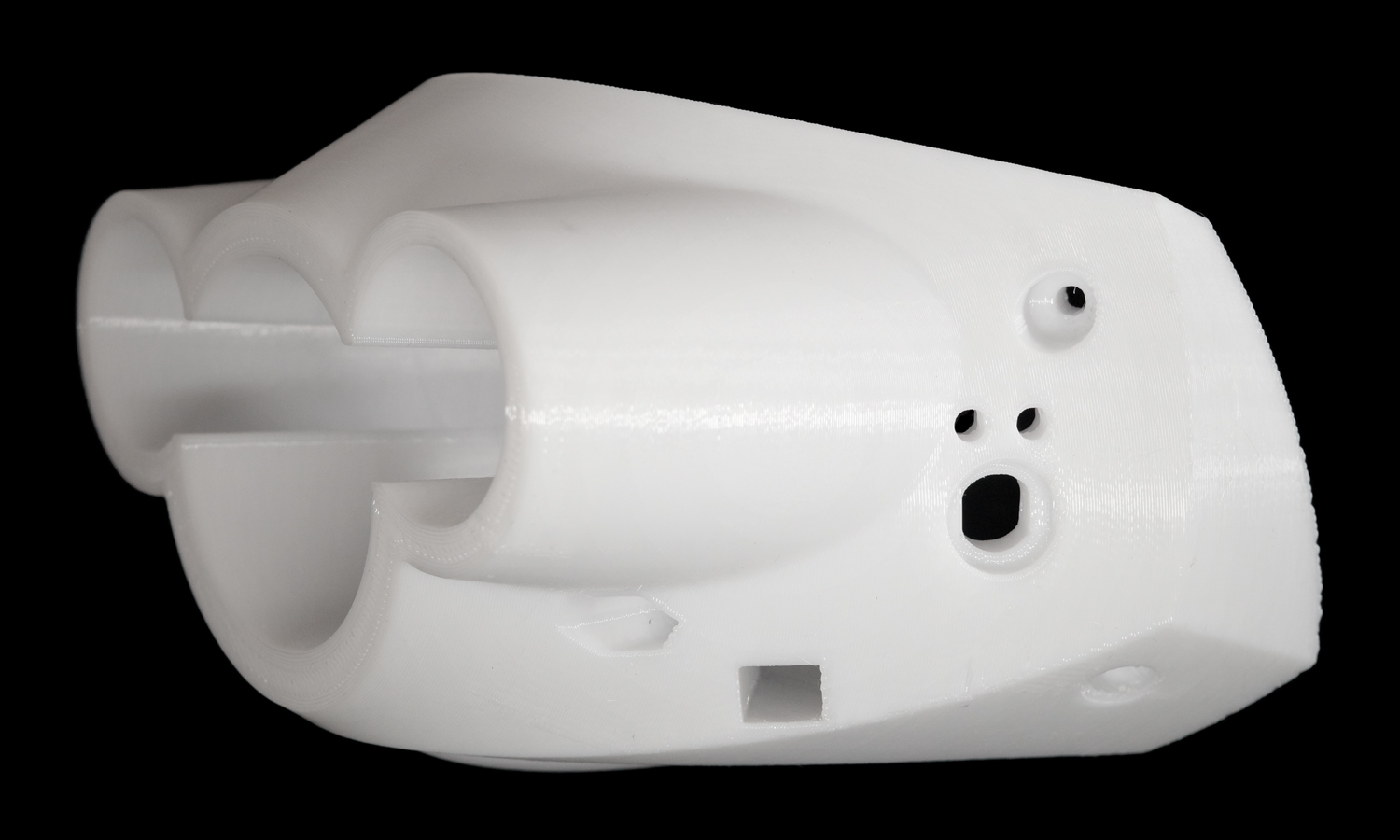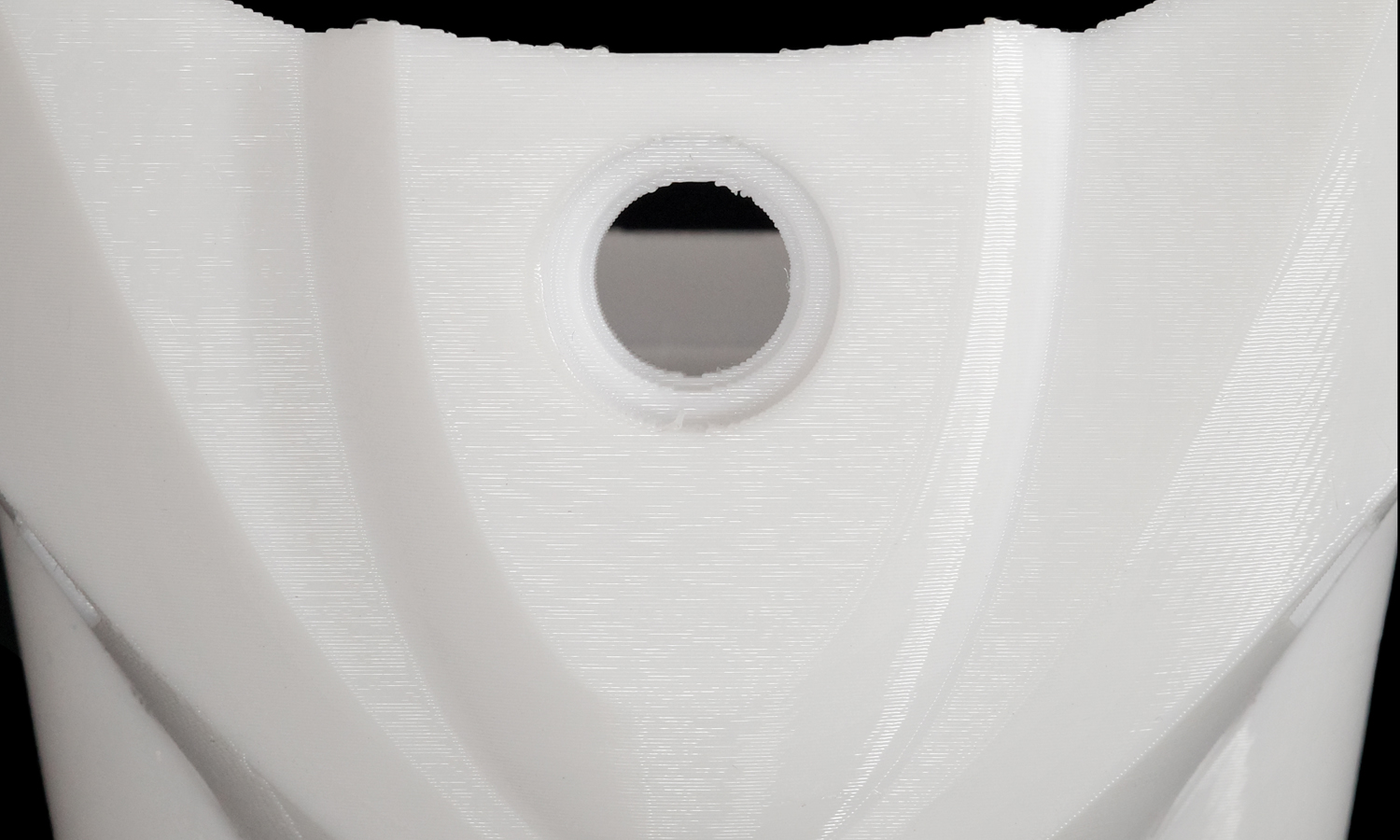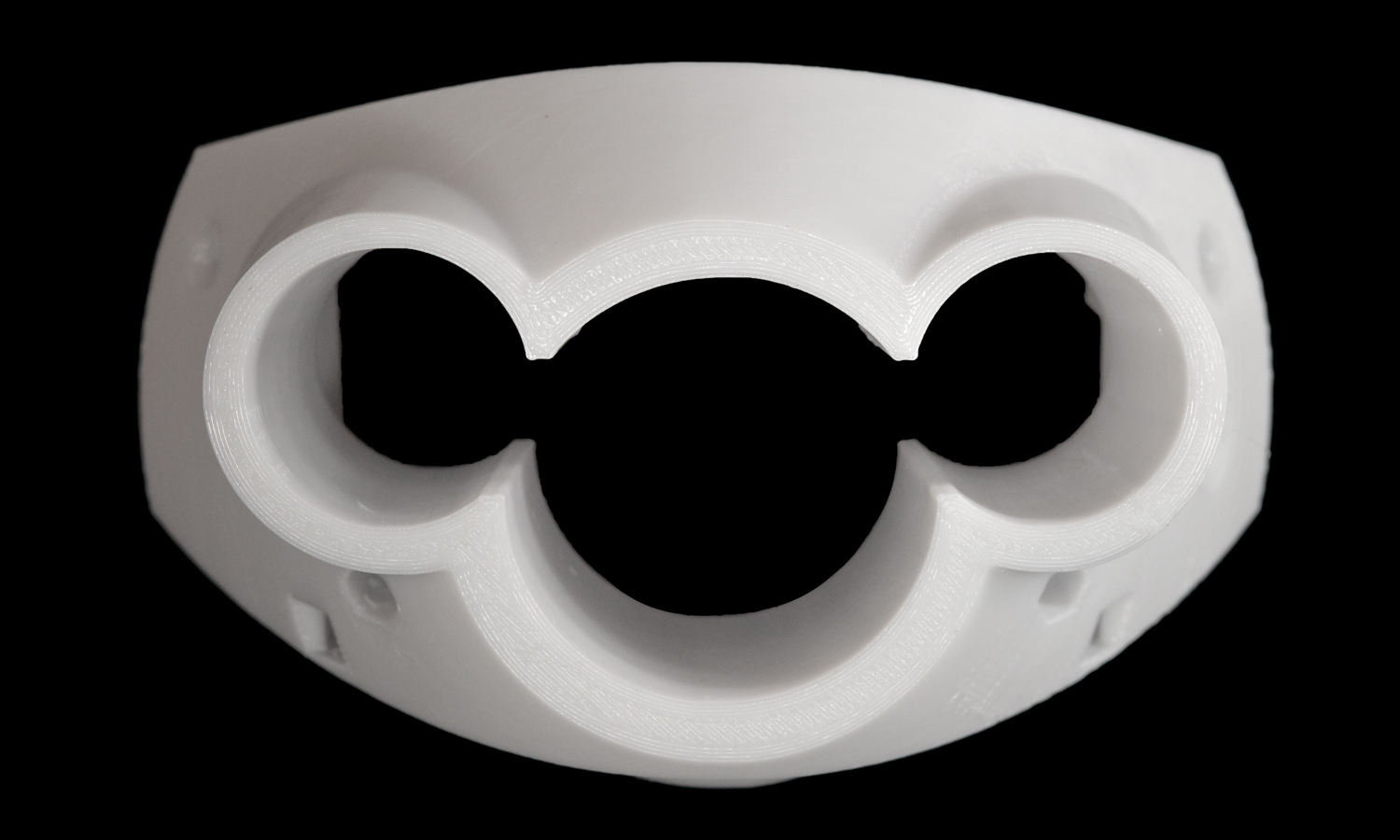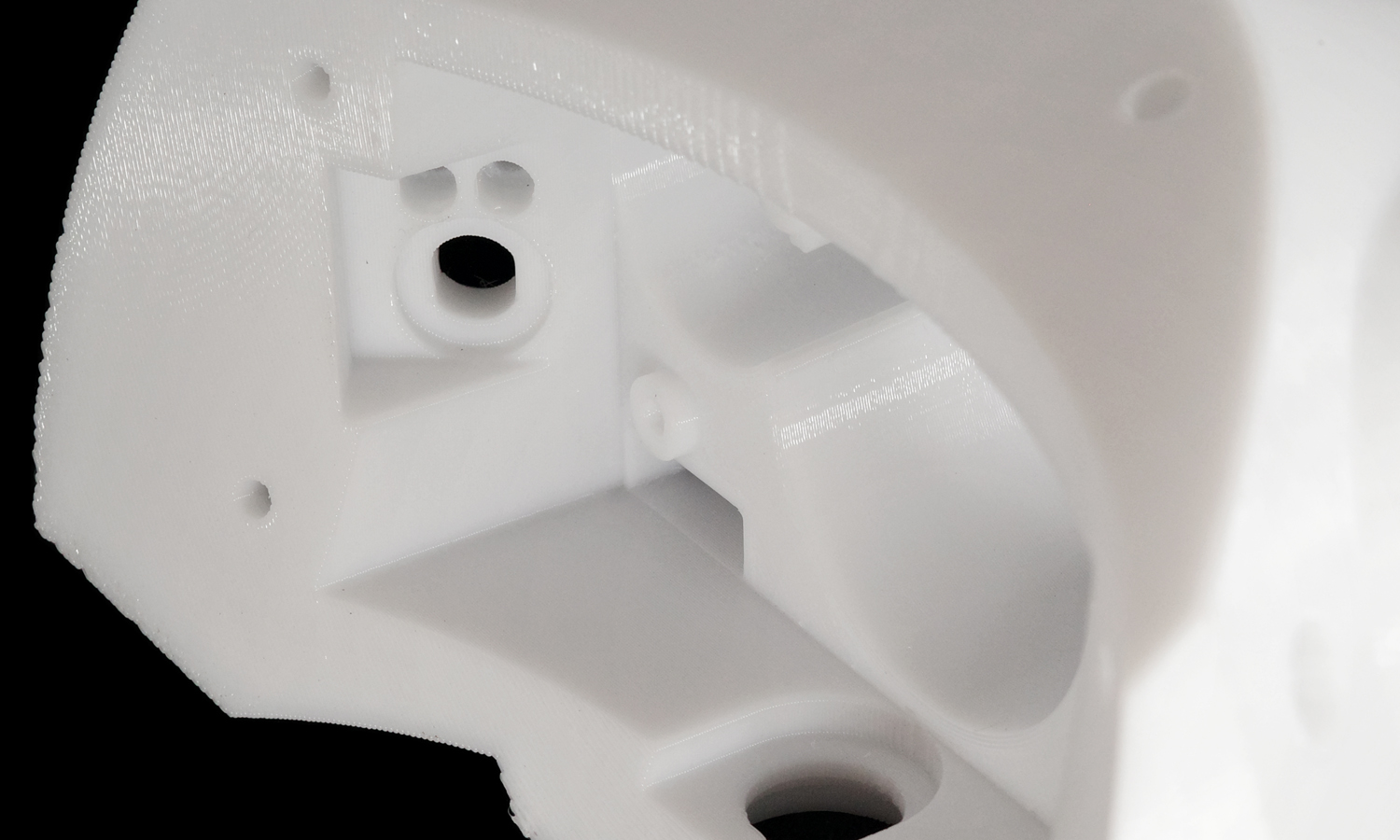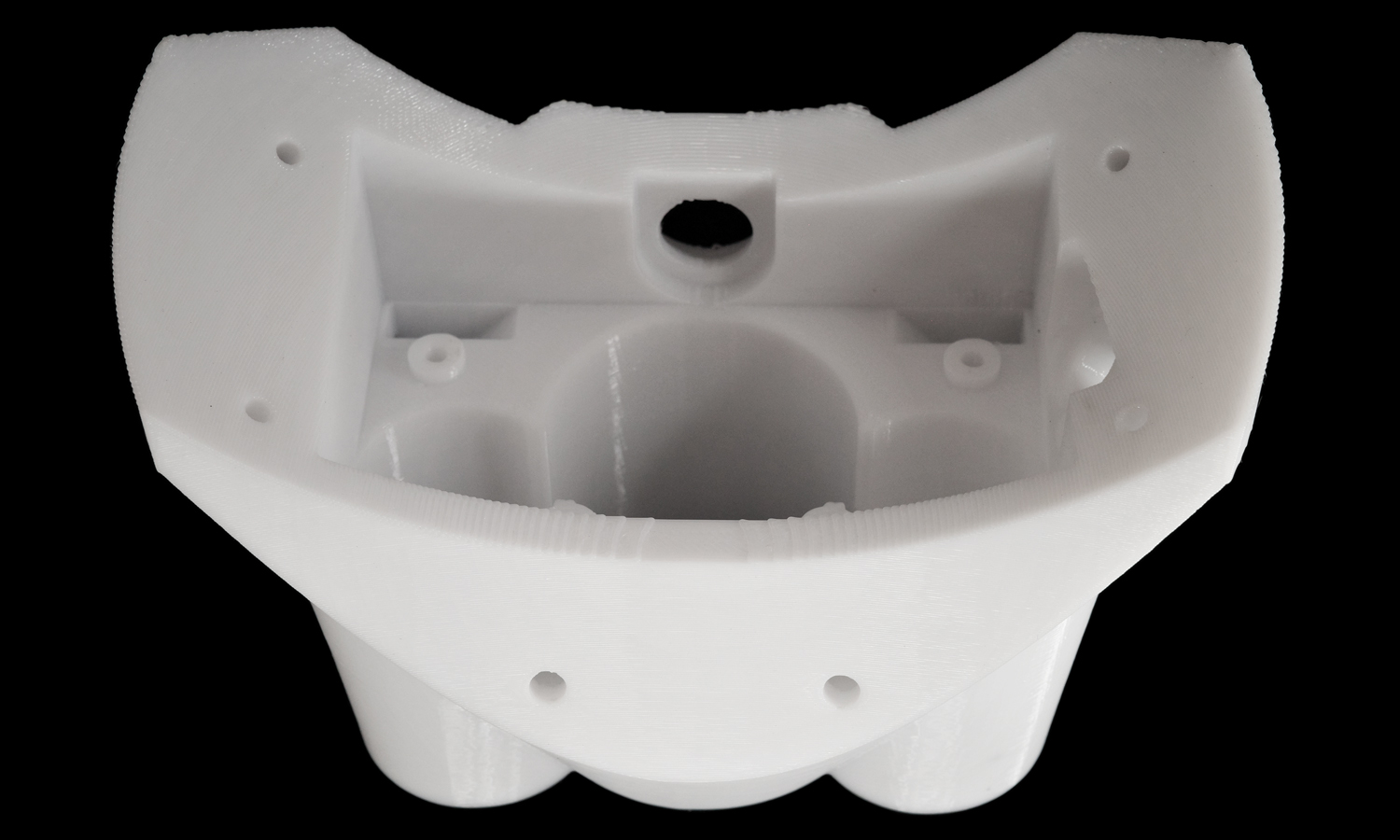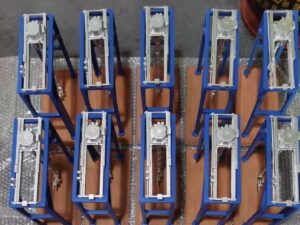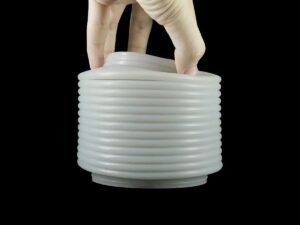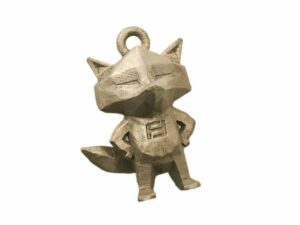Material Plastic
Quantity 1 pcs
Price Range $100-1,000
Lead Time 2 workdays
Gallery
About Project
If you are looking for a durable and versatile material for your 3D printing project, you might want to consider polycarbonate (PC).В PC is a thermoplastic polymer that has high impact strength, dimensional stability, optical clarity, and resistance to heat and chemicals.В PC is widely used in engineering applications, such as safety helmets, bullet-proof glass, car headlamp lenses, and more.
To demonstrate the capabilities of FDM 3D printing with PC, we have created a large spacer prototype that looks like a container, but has hollowed ends and many bores. This prototype is designed to fit between two components and provide support and alignment. The prototype has a white color, which gives it a clean and sleek appearance. It has a smooth and even surface.
The prototype was printed using FacFoxвҖҷs 3D printing service, which offers high-quality and fast turnaround for your 3D printing needs. FacFox can print your design with various materials, colors, finishes, and post-processing options. You can upload your CAD file to their website and get an instant quote for your project. FacFox also provides professional design assistance and quality assurance to ensure your satisfaction.
If you are interested in FDM 3D printing with PC or other materials, you can visit FacFoxвҖҷs websiteВ here and explore their services. FacFox is your reliable partner for all your 3D printing projects.
Solution
- Step 1: A CAD model of the large spacer prototype was created using a software program such as SolidWorks, Fusion 360, or SketchUp.
- Step 2: The CAD model was converted into an STL file, which is a standard format for 3D printing.
- Step 3: The STL file was sent to the FDM 3D printer via a USB cable, an SD card, or a wireless connection.
- Step 4: The prototype was printed using polycarbonate filament as the printing material and FDM technology.
- Step 5: It was removed from the build platform and cooled down. Supports were removed.
- Step 6: If needed, some post-processing steps such as sanding, polishing, or painting were applied to improve the surface quality and appearance of the prototype.
